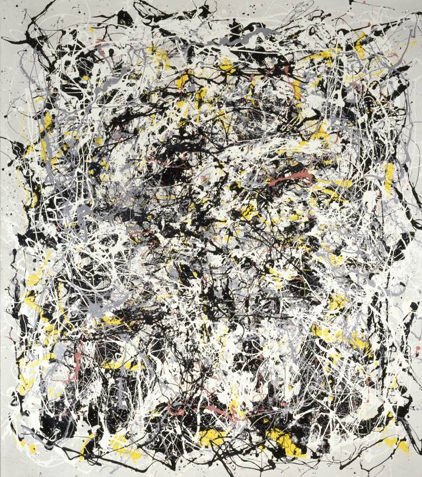ART & LANGUAGE, who could be described as the Gilbert & George of British Conceptualism, have a reputation for being difficult. Robert Hughes paid them a back-handed compliment in The Shock of the New, nominating them as the most obscure artists of the 1970s. He quoted a passage from the journal Art-Language, in which they have continued to publish their thoughts, to make his point. ''Supposing,'' it began, ''that one of the quasi-syntactic individuals is a member of the appropriate ontologically provisional set - in a historical way, not just an a priori way (i.e., is historical); then a concatenation of the nominal individual and the ontological set in Theories of Ethics (according to the 'definition').''
Impressively impenetrable, certainly. The two members of Art & Language, Michael Baldwin and Mel Ramsden, now concede - I interviewed them recently for Radio 3's Third Ear - that even they don't know what that quasi-syntactic sentence means.
They make more concessions to intelligibility these days, but that is not to say that their work has become a model of clarity. Art & Language have two London shows at the moment, at the ICA and the Lisson Gallery. The paintings included look, for the most part, like puzzles (you can even buy limited edition Art & Language jigsaw puzzles, a marketing exercise that may reflect on the nature of their art). There are works from a series called Index: Incident in a Museum depicting the inside of a modern art institution; and there are a number of pictures called Hostages, which are mostly cack- handed (deliberately so) landscape paintings rather like poor imitations of Monet's Poplar series.
Perplexity is an understandable first response. A certain amount of background information seems necessary before anything resembling an interpretation can be advanced. Handily, this has just arrived,...


